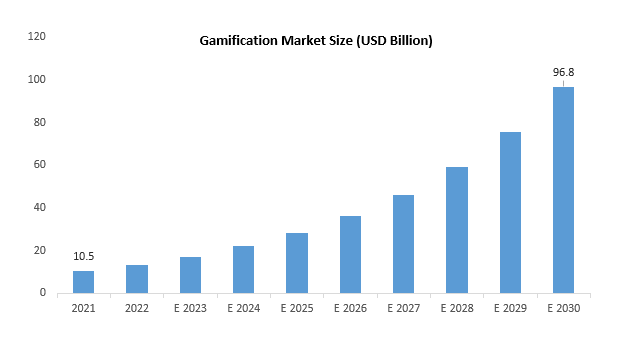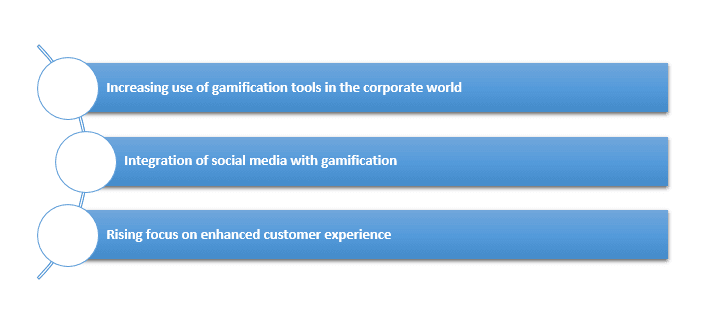Leveling Up Logistics: The Power of Gamification in Supply Chain Management
Gamification is a work and training strategy that uses entertainment and games to promote specific goals. When used in logistics, it consists of creating, putting into practise, and maintaining operations that boost operator performance through game mechanics. In other words, it’s a strategy for helping workers complete their tasks more quickly through enjoyable activities that boost their competitiveness and motivation.
This strategy is put into practise with specific actions, including monthly employee of the month contests, more user-friendly and entertaining software interfaces, and recurring challenges, among many others.

During the forecast period, the global gamification market is expected to increase at an average annual growth (CAGR) of 27.99%.
For learning and training purposes, companies are engaged more in augmented reality (AR), virtual reality (VR), and mixed reality technologies, which will boost the market’s development rapidly.
For example, Walmart and Strivr Labs, Inc. have partnered to offer virtual reality (VR) training to the company’s staff. In order to show staff members how important customer service support is, the training will be given at the company’s 200 primary centers spread across the United States. In addition, block chain is expected to be a significant asset in the face of ongoing concerns about data privacy. Decentralized and encrypted employee data will help companies increase trust and participation in their gamified initiatives, especially if employees have an interest in how rewards are earned and distributed among teams.
Drivers on Gamification Market:

Implementing gamification tools in the warehouse: Examples
- WMSs, or warehouse management systems, are now an essential tool at all of a facility’s workstations. All staff members should be knowledgeable about how to use the software to enhance workflow. As a result, gamified training facilitates staff learning through a fun, user-friendly interface.
- Manual picking is still the most popular method for preparing orders in facilities, despite the fact that businesses are increasingly investing in automated picking systems. Logistics managers provide performance-based incentives with the goal of maintaining employee productivity. This prevents operator efficiency from decreasing when performing repetitive tasks (due to boredom, lack of motivation, etc.).
Few examples of gamification that deliver meaningful impact:
Domino’s Pizza: It developed the video game Pizza Hero and saw a 30% increase in sales.
Deloitte Leadership Academy: By incorporating gamification, the executive training programme saw a 46% increase in users.
Autodesk: It increased trial by 54%, buy clicks by 15%, and channel revenues by 29% by using gamification to encourage users to learn how to use their new programme.
Benefits of gamification in logistics:
Today, gamification is gradually becoming a part of logistics, helping in combining groups of workers and motivating them to give everything they have in every operation they perform out.
- Increased dedication to logistics: The use of games, competitions, and more entertaining training sessions encourages employees to participate in their regular warehousing tasks.
- Productivity and efficiency: The motivation of every employee, as well as the togetherness and competition among them, on the assumption that it is healthy, ensures the facility’s maximum throughput.
- Transparency and visibility: Gamification uses technology to put into place more enjoyable processes. Logistics managers can now access performance information for each operation and operator, which enables them to identify warehouse inefficiencies.
- Internal talent retention and promotion: Gamification could be used as another justification to use big data in the warehouse.
Conclusion:
Gamification in the logistics setting may be the key to raising employee satisfaction and productivity. The goal of gamification is to clearly define expectations for staff members, so they know how their work is being used. The key to successful gamification is transparency. Managers and employees can use the insights gained from these initiatives to support long-term professional development when gamification is supported by openwork practises like feedback sessions and targeted development programmes. Because employees are motivated to keep performing at their highest level when they can see in real-time how they are adding value. Everyone will then be a winner.
Author: Sakshi Gupta
